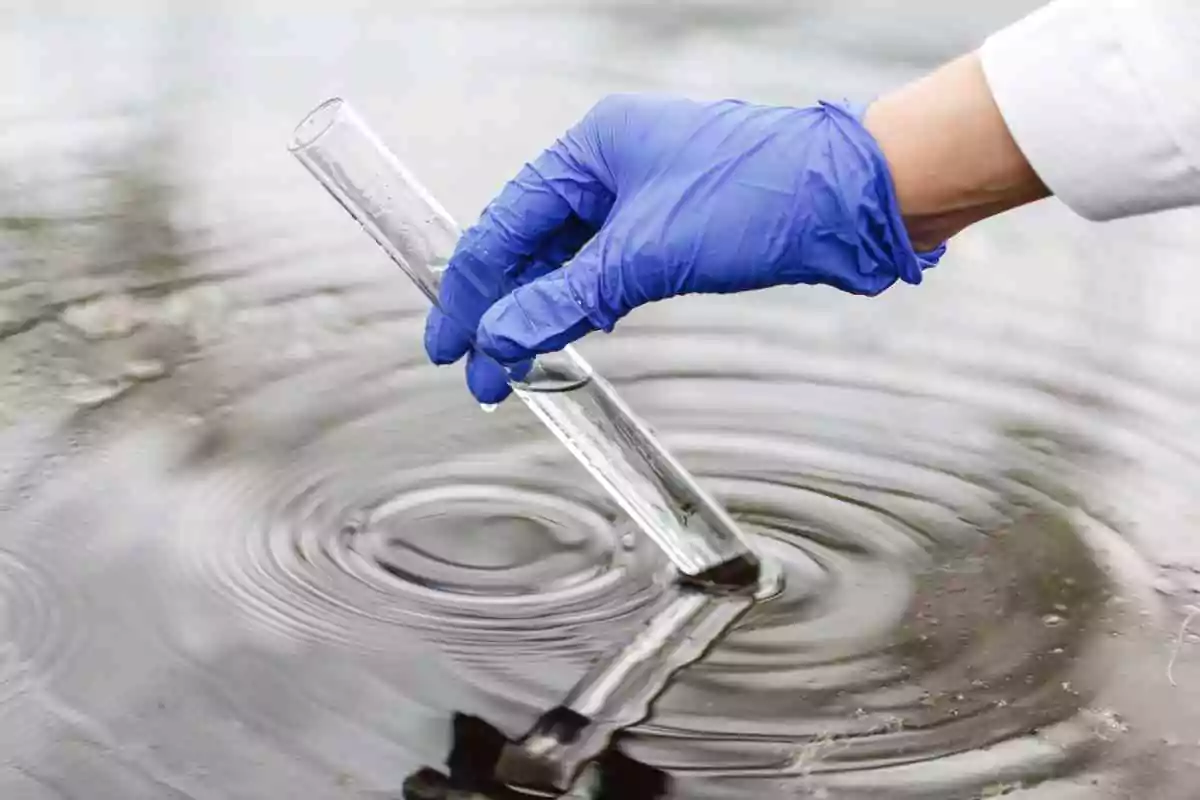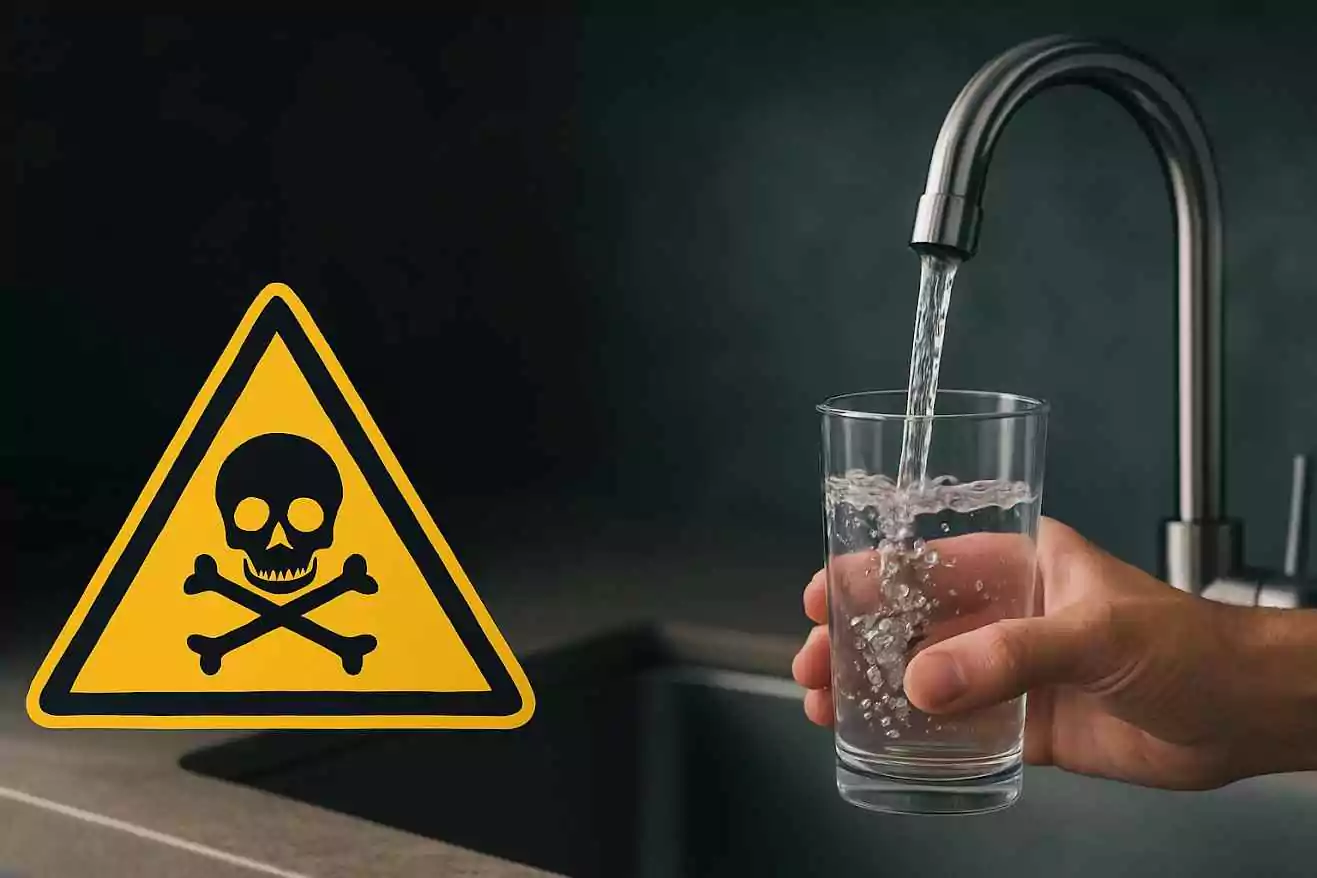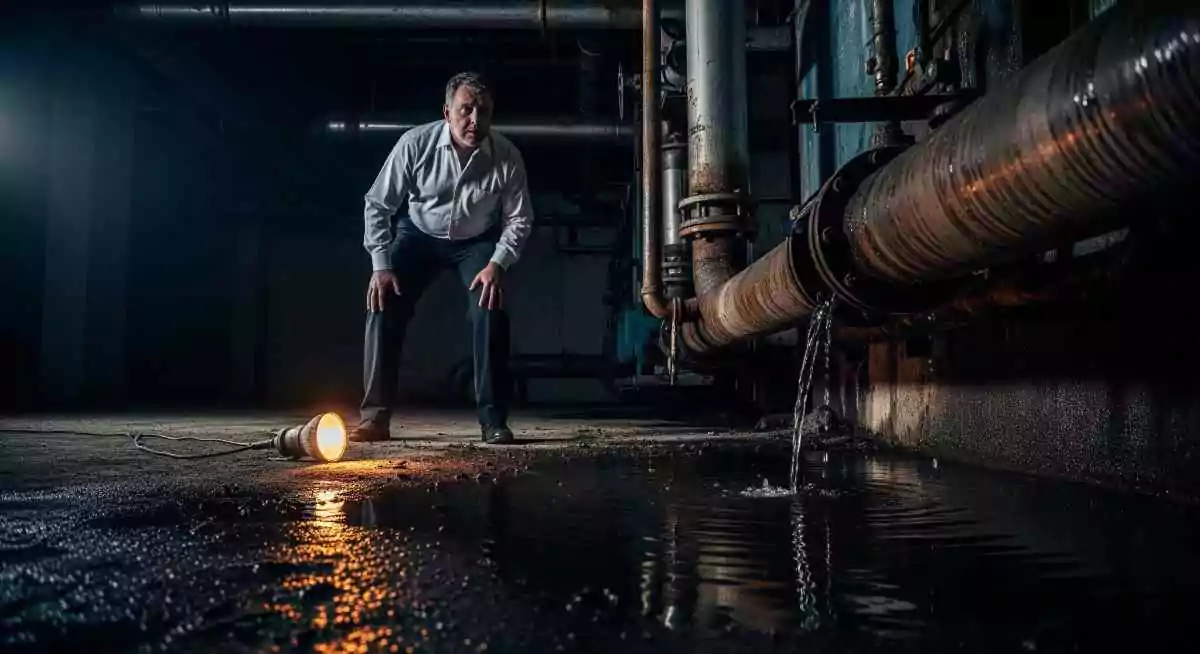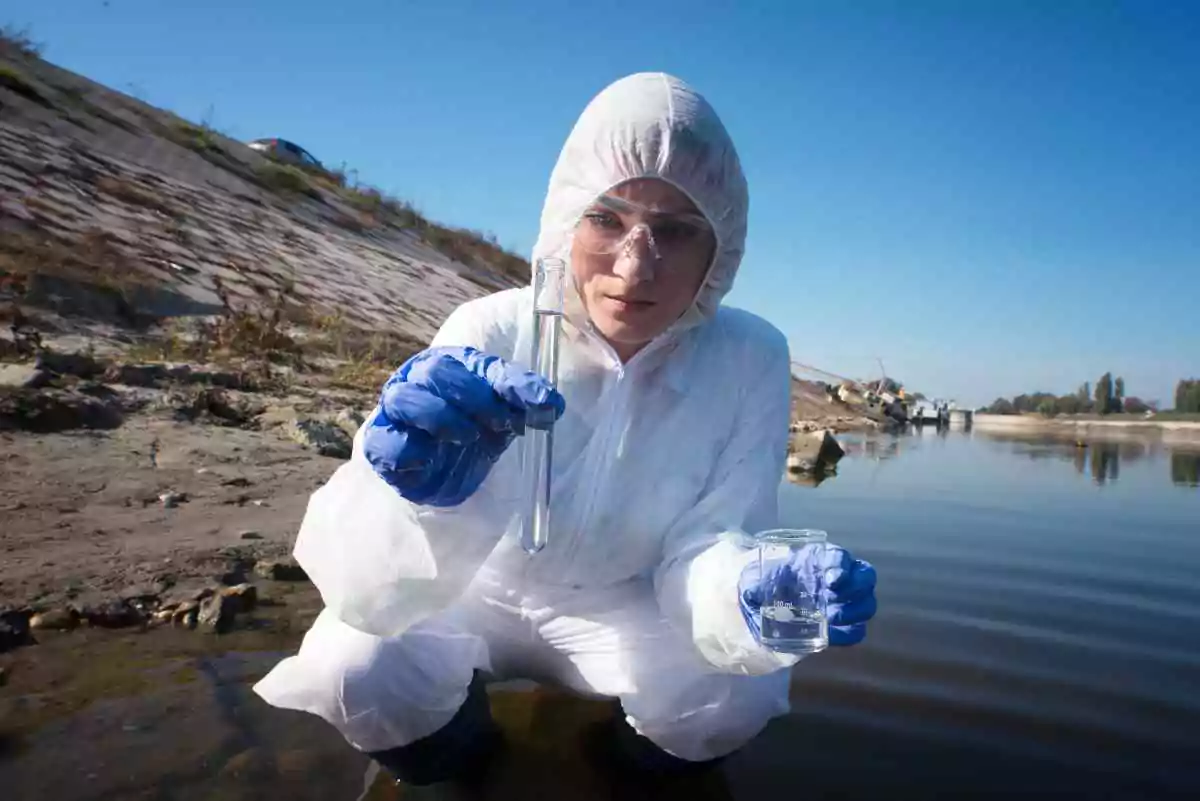How Treated Wastewater Can Save You Lakhs in Operational Costs
- 9 June, 2025

What if the water you flush away every day could cut your company’s operational costs?
For Indian corporate offices and industrial facilities, treated wastewater is more than just an eco-friendly option. It’s a strategic asset that can significantly lower your expenses across cleaning, gardening, cooling towers, and more.
In this blog, we explore how leveraging treated wastewater can help businesses save lakhs annually, comply with environmental norms, and build a greener brand.
Why Treated Wastewater Matters More Than Ever
With rising freshwater scarcity in cities like Mumbai, Bengaluru and Delhi, water bills are soaring. Regulatory bodies like the CPCB and State Pollution Control Boards are cracking down on water misuse and discharge violations.
By recycling wastewater, businesses can:
- Cut fresh water consumption by 30–50%
- Reduce water bills significantly
- Avoid penalties and meet compliance standards (especially under GRAP and ECBC guidelines)
Common Mistakes That Increase Water Costs
- Overdependence on Freshwater
- Ignoring STP/ETP Maintenance
- No Reuse Infrastructure
- Using Clean Water for Non-Potable Needs
Using municipal or tanker water for all applications (gardening, flushing, cooling) adds up.
Poorly maintained sewage or effluent treatment plants reduce efficiency and may not meet discharge norms.
Many offices lack the plumbing systems needed to reuse treated water, letting a valuable resource go to waste.
Cooling towers, floor mopping, or car washing don’t require potable water—yet fresh water is used.
How to Maximize Savings with Treated Wastewater
- Audit Your Current Water Usage
- Install or Upgrade Your STP/ETP
- Create Reuse Loops
Identify areas where fresh water is being used unnecessarily.
Estimate the potential for reuse with help from certified water auditors.
Ensure your plant meets CPCB norms.
Consider membrane bioreactors (MBRs) for higher quality output.
Route treated water to:
- Cooling towers
- Toilet flushing systems
- Garden irrigation
- Construction cleaning
4. Monitor Water Quality Regularly
Conduct monthly tests for parameters like pH, BOD, COD, and TDS.
Use automated systems to track STP performance.
Action Plan: Start Saving Today
- Get a professional water audit.
- Maintain and upgrade your STP or ETP.
- Set up a reuse plumbing.
- Test the treated water monthly.
- Train staff on sustainable water practices.
Treated wastewater is not just an environmental solution; it’s a financial one. With the right systems in place, you can reduce your dependency on freshwater, cut costs drastically, and stay compliant.
Want to unlock these savings for your office or plant?









